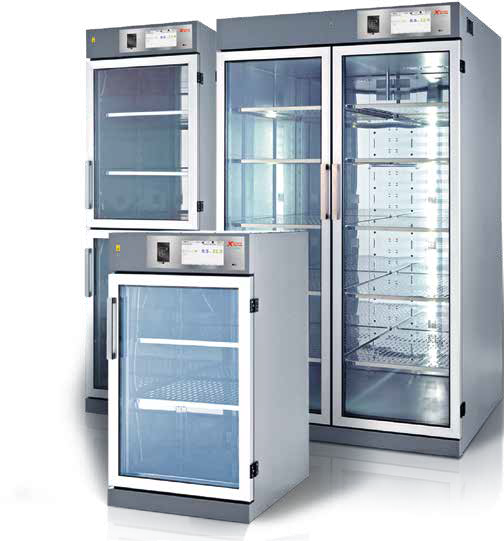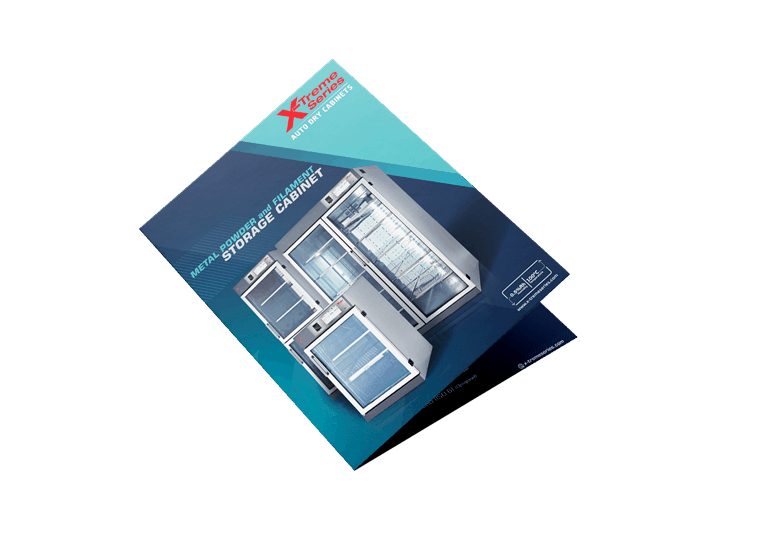Electronic components are highly sensitive to environmental conditions, and prolonged exposure to unsuitable storage can lead to irreversible damage. The need for Long-Term Storage (LTS) arises not only during the interval between production and assembly, but also in a variety of other real-world scenarios, including:
- Overstock or Strategic Buffer Inventory: Manufacturers and EMS providers often purchase components in bulk to secure better pricing or ensure availability—especially for parts with long lead times. These components may remain in storage for months or even years.
- Market Disruptions (e.g. Chip Shortages): Global events such as semiconductor crises, geopolitical instability, or supply chain disruptions lead companies to stockpile critical components as a form of risk mitigation.
- Lifecycle Management: Some high-reliability sectors (e.g. aerospace, defense, medical) may require stocking discontinued or end-of-life (EOL) parts for long-term support of legacy systems.
- Production Delays or Postponements: Project changes, design revisions, or customer-side delays can result in components being stored far beyond their expected usage timeline.
In all these cases, without controlled storage conditions, components are at risk of:
- Moisture ingress causing internal damage during soldering (e.g. popcorning).
- Oxidation and corrosion impairing solderability and electrical performance.
- Exceeding Moisture Sensitivity Level (MSL) limits, resulting in high scrap or re-baking requirements.
For this reason, Long Term Storage (LTS) refers to the controlled storage of components in a way that preserves their physical, electrical, and chemical properties for extended periods—ensuring long-lasting reliability.
How X-Treme Cabinets Support Long-Term Storage
X-Treme Series Auto Dry Cabinets are designed specifically to meet the challenges of long-term electronic component storage. X-Treme systems offer a robust, smart, and secure solution for preserving your valuable inventory—today, and for years to come.
Key Benefits
- Storage Efficiency: Maintains humidity levels as low as 0.5% RH, significantly reducing moisture-related risks. Maintains safe conditions for components across all MSL levels —even the most sensitive (MSL 6).
- Moisture Elimination: Utilizing nitrogen gas (N2) to displace moisture and oxygen, minimizing oxidation and corrosion risks.
- Precise Control: Accurate temperature and humidity sensors ensures consistent storage conditions.
- Safe and Reliable: The fully enclosed, positive-pressure environment prevents outside contamination, ensuring your components remain in pristine condition.
- Cost-Efficient Operation: Minimal power consumption with low maintenance, delivering an efficient and sustainable storage solution.
- Customizable and Scalable Configurations: Tailored setups for various component types, packaging formats, and usage scenarios. Scalable options—from compact footprints to large-capacity systems.
- Optional Add-Ons for Advanced Monitoring & Control: Optional External Alarm Bar for visible and audible alerts based on user-defined thresholds. O₂ Sensors (optional add-on) allow precise monitoring of oxygen levels inside the cabinet—critical for oxidation-sensitive materials.
- Secure, Controlled Access: RFID access control comes standard, ensuring traceability of every cabinet interaction.


